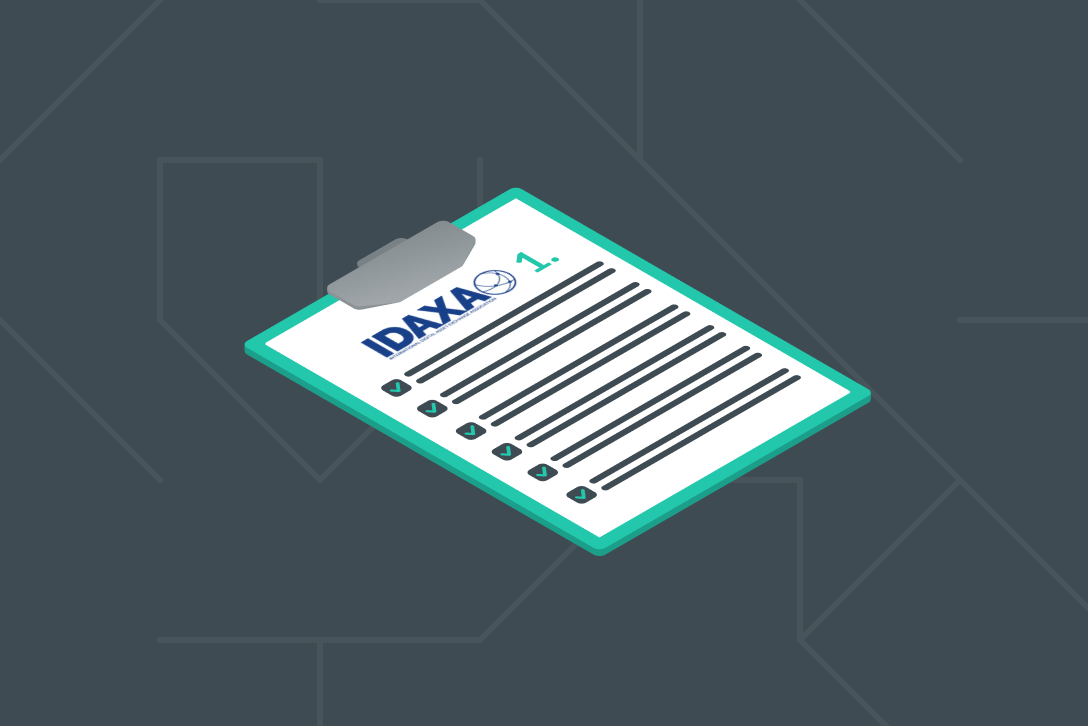
IDAXA’s Non-Fungible Token (NFT) Recommendations
Established in June 2019, the International Digital Asset Exchange Association, more commonly known as IDAXA, has teamed up with various bodies in the cryptosphere to form a united voice. The goal of IDAXA is to enable growth within the industry while encouraging dialogue between the Blockchain and Crypto Trade Associations, members thereof, industry stakeholders, and regulators to find solutions for Financial Action Task Force’s (FATF’s) Travel Rule compliance.
In the paper FATF Submissions 2022, IDAXA has compiled the private sector's views on the Travel Rule, Peer-to-Peer (P2P) transactions, NFTs and Decentralised Finance (DeFi), as well as their recommendations to improve the regulatory landscape within these areas. This report aims to raise the general awareness of NFTs in the context of AML, TFP and Fraud and provide recommendations to the FATF regarding NFT awareness.
What Is an NFT?
NFT stands for non-fungible token. These tokens are blockchain-based digital items designed to be unique, unlike cryptocurrency. Most NFTs are built on the Ethereum blockchain. A holder of an NFT usually has an ownership claim over whatever the token is associated with, for example, a piece of art. An NFT holds the information related to the object it references, not the actual object. Therefore, in the case of illegal activity, it is not the token that is illicit, but rather the object or information it represents which could have been obtained in a nefarious manner.
Common examples of NFT use cases include art, collectables, and avatars. NFTs are also commonly used in gaming.
Before continuing with IDAXA’s recommendations, as noted on page 59 of the IDAXA FATF Submissions,
Regulators Need to Be Aware That:
NFTs are still young, and most fall outside the traditional regulatory perimeter of financial services.
While some NFTs have been purchased for incredibly high prices, the majority are very close to being worthless.
NFTs are easily produced, and as the related technology expands, so will ownership.
With These Points in Mind, IDAXA Recommends the Following to the FATF:
NFTs should be seen as a technology used to facilitate different scenarios. A broad regulation over the term is not viable, in other words.
A one size fits all regulation would not benefit NFTs.
NFT marketplaces cannot be considered as VASPs.
Capacity building by regulators is needed to understand the NFT landscape.
Market participants need guidance and education.
Regulators could suggest the best practices applicable in a specific industry and outline risk-mitigating measures; examples could include transaction monitoring.
Monitoring capabilities of blockchain analytics tools need to be embraced to prevent buyers and sellers from being closely linked.
Transaction thresholds should not be the only criteria to trigger regulatory scrutiny. Other red flags to consider include IP-geolocation, the source of NFT, wallet history and so forth.
For a detailed list of the above-mentioned points, please refer to the IDAXA FATF Submissions 2022, page 76. This joint effort helps bring the industry closer to regulators, which is key for a comprehensive yet practical regulatory landscape.


